A guide to mental health in Vietnamese
I didn’t always know the Vietnamese word for “grief” or “anxiety.” In fact, I wasn’t even sure those terms in English could accurately describe what it felt like to learn of a close friend's sudden death. I remember trying to rein in my grief to get through the day, only to experience multiple outbursts of sorrow, rage and disbelief.
I tried to wait until the emotional storms subsided before telling my parents — a vain effort as I couldn’t even speak my friend’s name. My parents held me as I cried and sputtered out words I knew were inadequate to express what I was feeling.
Later, my mom would teach me the term “dồn nén.” It refers to the act of piling up stress — bottling it up without a release, until it reaches a breaking point and then explodes. Now, whenever I want to talk with my parents about any of my anxiety, pressure or distress, I tell them I’ve been feeling “dồn nén,” and that became our family’s signal for us to sit down and talk.
For many Vietnamese American families, talking about emotions and mental health can be a challenge.
Hieu Nguyen, a licensed clinical social worker in Orange County, recalls that when he was first starting his career in 2008, attitudes about mental health and psychology were very nascent in the Vietnamese community. For many, the concepts were foreign.
“It’s ingrained in us to work through challenges.… We see [them] as part of our survival,” Nguyen said. “So the notion of seeking help, for something emotional or psychological … we can’t even get there. And once we get there, the language to speak about it is limited.”
But it has evolved over the last decade, he said.
The Times hosted listening sessions with bilingual Vietnamese-speaking mental health providers, researchers, linguists and community members to share words and concepts they’ve used when approaching these conversations. Many common themes emerged.
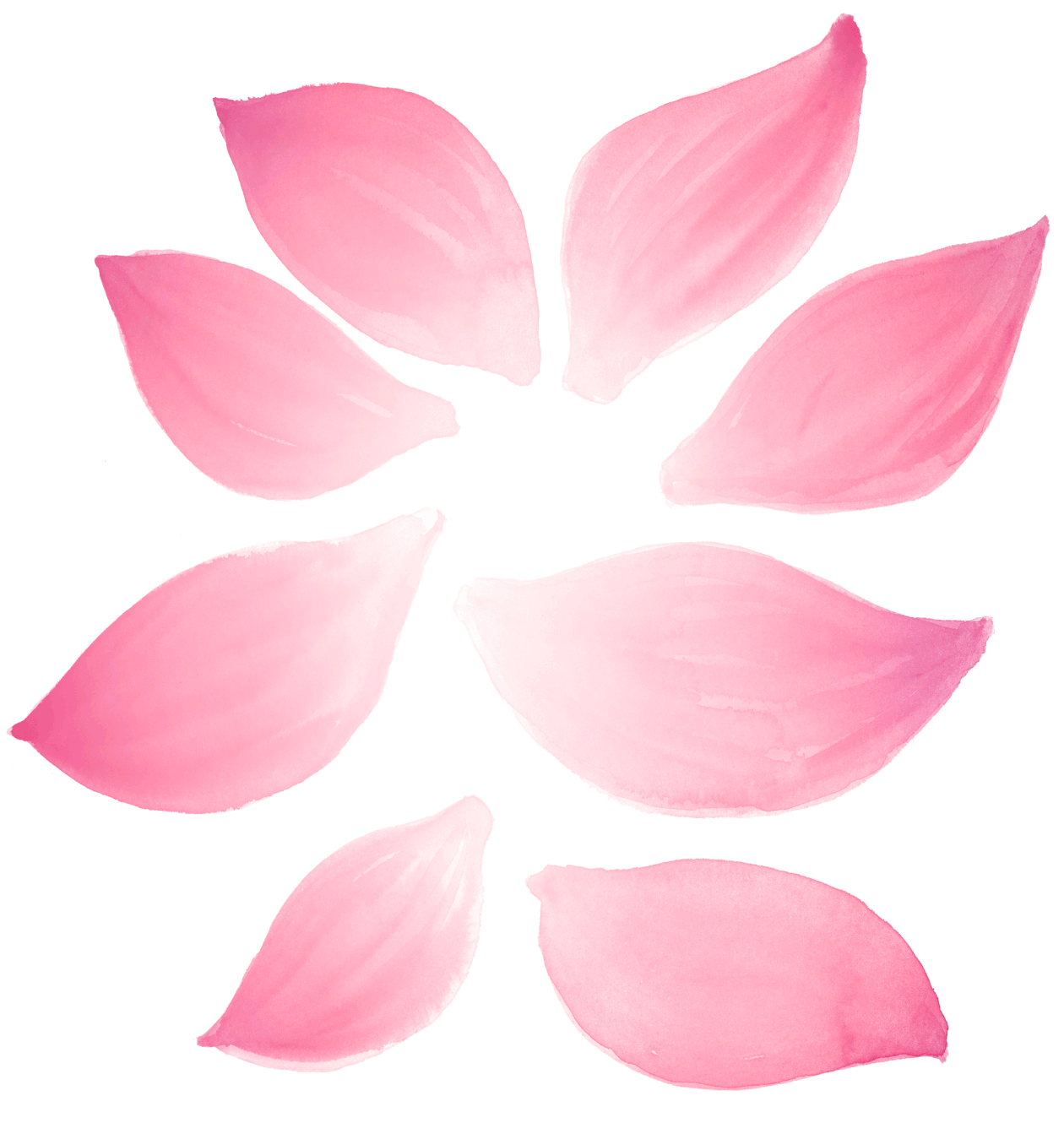
thiền
vươn lên
meditation
rise up
hỗn láo
lo lắng
rude
anxious
tự tin
đau lòng
confidence
brokenhearted
bóng
giới hạn cá nhân
queer
boundaries
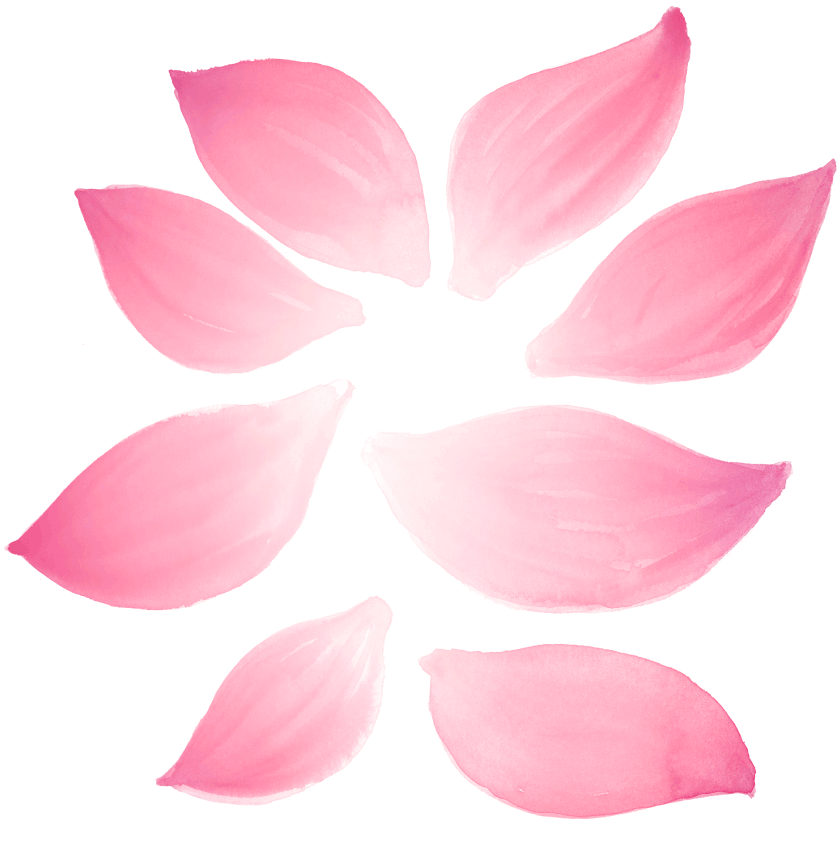
thiền
vươn lên
meditation
rise up
hỗn láo
lo lắng
rude
anxious
đau lòng
tự tin
brokenhearted
confidence
bóng
giới hạn cá nhân
queer
boundaries
They told us that many diagnoses have formal terms in Vietnamese but will often require additional explanation for people to understand. Some concepts, like “self-care,” have more interpreted definitions rather than direct translations. Terms also vary among dialects spoken across Vietnam and other Vietnamese-speaking diasporas.
We also spent much of our time sharing our families’ histories and how these experiences shape the ways we talk about our mental well-being. Many of the experts find themselves in roles not just as mental health providers but also as translators and mediators — explaining the cultural contexts behind actions and practices to bridge communication gaps and cross-cultural misunderstandings.
As I wrote this story, I started having more conversations about mental health with my parents. I asked them to share stories about who they were before they had me, and I would tell them new terms I learned from our listening sessions. My Vietnamese is not fluent, but we would explain things to each other as best we could. It’s brought me and my family closer than ever.
I hope this guide can help you and your loved ones do the same.
To view all the terms collected in this guide, jump to the section below titled “Finding the words.”
Why it’s difficult
Survival has been a core theme in many Vietnamese American families’ histories. Nearly 50 years ago, the ending of the Vietnam War saw scores of refugees fleeing their homeland to escape starvation, retribution and political oppression.
The journey to resettlement was often filled with grief and displacement. Vietnamese refugees grappled with an abrupt immersion into a new culture, financial instability, language barriers and discrimination, explained a new report by AAPI Data analyzing mental health experiences of Asian American, native Hawaiian and Pacific Islander communities in California.
“All of that compounds, and past research has shown that Vietnamese populations have some of the highest risks of post-traumatic stress disorder,” said Connie Tan, one of the primary authors of the report. “Those implications have ripple effects through generations … because there may not be an openness to have discussions about mental health — or about the past — within families.”
Part of this is because mental health has a heavy stigma in Vietnamese communities, explained Dr. Mai Đỗ, a public health scientist investigating stigmas and barriers to accessing mental health care among immigrant populations. Having emotional or psychological symptoms can be seen as a sign of social shame, as “nghiệp chướng (karma)” for an individual’s sins in a previous life or as having “bad blood” within the family. As a result, people are reluctant to seek help, out of fear they or their families will be disgraced or ostracized.
Barriers to help
The lack of access to bicultural and bilingual providers and resources also makes it difficult for many to find proper care.
Ngọc Nguyễn, a cosmetologist in Los Angeles County, said that when she sought help for anxiety and trauma from abuse, it took her 11 years — including misdiagnoses by multiple doctors, incorrect medication prescriptions, runaround referrals from hospitals, and navigating the insurance, healthcare and court systems — before she found the proper care she needed.
“I don’t want to blame anyone, but the systems are very confusing,” she said.
Đỗ adds that many younger Vietnamese Americans — who may experience other stressors such as the pressure to succeed or climate change anxiety — do recognize the need for mental health care. But seeking help was no easier for them due to the challenges of balancing two different cultures.
How to approach these conversations
One way to talk about mental health with those who are resistant is to tap into the Vietnamese community’s strong storytelling culture.
Madelyn-HoàngDiễm Mai, a licensed clinical social worker in Las Vegas, often hears her clients say they are “bực bội,” which can mean a wide variety of things in English: “frustrated,” “pissed off” or “irritable.” But when she asks them to elaborate, they can paint a picture that helps to dissect why they may have certain outbursts or reactions.
“In Vietnamese, we don’t always have a specific set of words to say, ‘I feel blank, blank and blank,’” Mai said. “But if you look at our vast collections of songs, poems and stories, these are the ways our people have expressed their range of emotions.”
It’s important to understand that many people may not feel safe enough to broach these conversations with their families.
Nina Ngụy, a clinical psychologist whose family fled Vietnam by boat when she was 5, feels she can connect well with the older generation because of her lived experiences. But reflecting upon one’s mental well-being can truly happen only once the emergency crisis has passed, she said.
“There’s no reflecting when you’re in survival mode,” Ngụy said. “You just need to act.”
Even if people who have experienced trauma are now in a safe environment, their symptoms that have been suppressed or repressed can still be activated. “But they don’t know what to do with it,” she said. “They’ve never had the luxury of being safe before.”
Experts emphasize having patience and empathy to understand that emotional health was not a priority for those who had to flee a war-ridden country or figure out how to get their next meal.
“A lot of patients I see come in and say things like, ‘I feel dismissed by my parents’ or ‘My parents don’t take accountability,’” said Nancy Lê Maestro, a licensed marriage and family therapist. “And in my experience … our parents’ form of love for us is giving basic necessities and tools for us to survive, because that’s what they knew to give to us."
Equally important is having a good sense of boundaries, because the way people may respond may be reactive or triggering.
Lê Maestro acknowledges that it can be a delicate dance to approach these topics in a safe space while being respectful of the older generations and their experience. But it’s important to be able to talk about these stories. It allows for more conscious awareness, which can then hopefully provide a new level of respect, compassion and healing.
Finding the words
After the listening sessions The Times conducted for this story, we organized the words participants shared into five categories: depression and anxiety; intergenerational trauma; family; gender identity and sexuality; and therapy and self-care.
Depression and anxiety
brokenhearted
Emotional pain is often described using physical terms, said Stephanie Đặng, a master’s counseling student at the University of Texas at Tyler. She recalls her parents using “đau lòng (brokenhearted)” as their go-to phrase when expressing deep pain or anguish.
A 1999 study on indigenous descriptions of psychological experiences in Vietnamese literature found that words pertaining to feelings such as sadness, anger, insecurity, jealousy, lovesickness and loneliness have long existed in the language. Emotional expressions were closely tied to physical illness and disturbances, and they often integrated the environment.
Proverbs and other allegorical expressions in literature played important roles in communicating emotions across diverse social circumstances within Vietnamese society. For instance, in “The Tale of Kiều,” a famous epic poem by Nguyễn Du, Kiều’s lover describes the depth of emotions for missing his beloved:
Sầu đong càng lắc càng đầy
Ba thu dọn lại một ngày dài ghê
The more I try to escape from my sadness, the deeper it becomes.
It feels like three years folded into one long day.
pain of loss
“Loss” in Vietnamese is “mất mát.” But with grieving, Mai said, you don’t just talk about what you lost, but also the pain of loss, “nỗi đau mất mát.” People also mourn or experience or the pain of longing for a loved one, which is different from “grieving.”
“With grieving, for instance, something can trigger your grief, and you step back into that moment and feel the pain,” Mai explained. “However, you accept and acknowledge the fact that person is no longer here. But with mourning, it’s almost like you are stuck in the stage of loss … because the loss was so big and painful. An individual is in disbelief and unable to accept the fact the person they’re longing for is dead.”
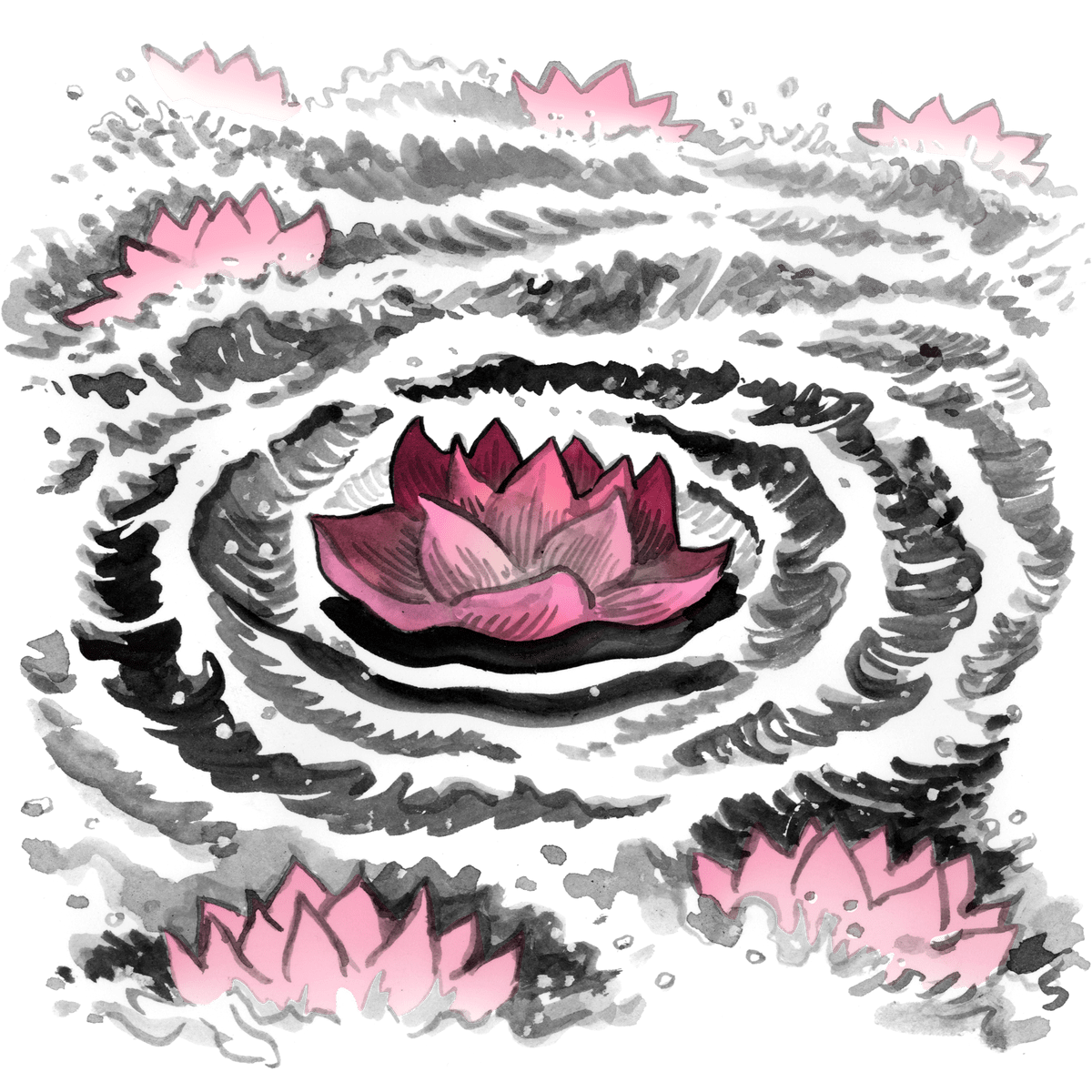
share
Thảo Châu, a licensed marriage and family therapist and owner of InPsychOut Therapy in Orange County, finds the words “chia sẻ,” which means “share,” very helpful when talking to her clients about grief.
For grief related to losing a job or losing someone important, Châu may say: “Tất nhiên chúng ta sẽ cảm thấy buồn. Bạn có thể chia sẻ về nỗi buồn này được không? (Of course, we would feel a sense of sadness. Can you share more about this sadness?)”
Or when talking about grief from the Vietnam War, Châu would ask something like: “Bạn có thể chia sẻ về nỗi buồn vượt biên sau chiến tranh được không? (Can you share your story about the losses you’ve experienced during your immigration to the States post-Vietnam War?)”
“I am asking the client to share their story instead of pathologizing and telling them they have this or that diagnosis, which can be very unhelpful and not received well in the Vietnamese culture,” Châu said.
anxious
When Vi Phạm Negrete, a clinical psychologist and first-generation immigrant from Vietnam, wants to tell her parents she is feeling nervous or anxious, she uses words like (concerned) or “lo lắng (worried)".
“I try to use words that they would understand that also convey the severity of how I’m currently feeling, to model how to talk about the different levels of anxiety,” Negrete said. “If I just say ‘lo’ it’s like ‘Oh, I’m just a little bit nervous,’ but if I add the 'lắng' there, I feel like it conveys more severity … like if I’m very anxious about the future or my career.”
Negrete adds that using (confide) in her conversations with family and friends is also helpful, because it means they are sharing thoughts and feelings and opening up to each other in an intimate way.
“Those are the words I personally use a lot with my parents, and it seems like those words help connect the two generations together,” Negrete said.
depression
The technical term for “depression” is “trầm cảm,” but Mai often hears her clients use “buồn” (sadness). Depression can often manifest through physical symptoms, so Mai will ask her clients what that “buồn” looks like on their bodies.
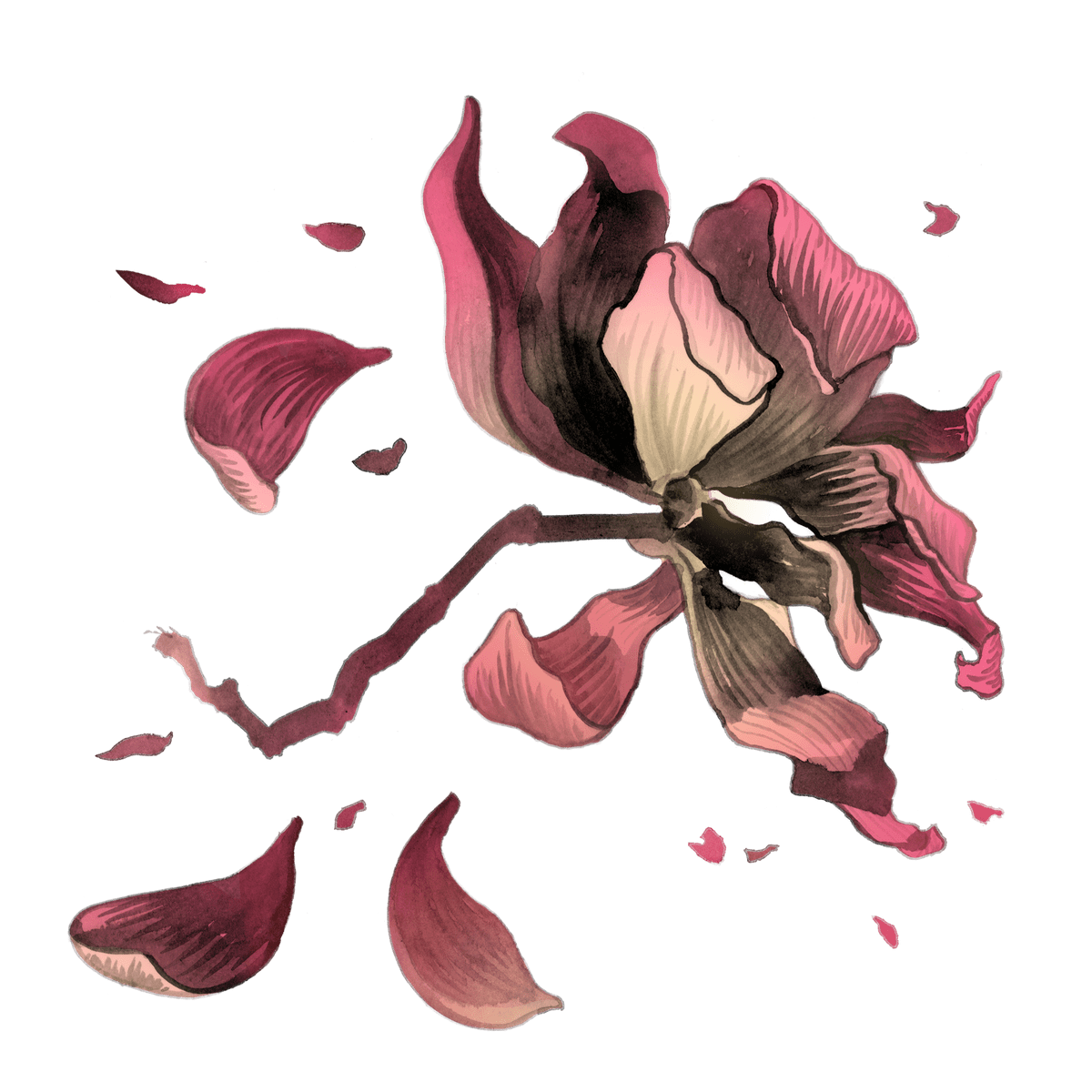
“For example, when they are walking, do they notice they are hunching down more or feeling sluggish?” Mai said. “Or do they not feel like they want to put on their makeup or get dressed for the day?”
There are times when using technical language can be helpful.
Nancy Hiếu Nguyễn, an assistant professor at Concordia University Irvine Townsend Institute and licensed marriage and family therapist, recalls working with a client who tried to explain to his parents he had depression. But when he told them, “Con buồn lắm (I am very sad),” his parents would suggest doing a fun activity or getting over it by himself.
When the family came to her for counseling, she brought up “trầm cảm (depression),” providing different terminology for the client to use. It was an “aha” moment for the parents. They finally understood the seriousness of his situation and the heaviness he was dealing with.
“It was very cathartic for both sides, and I ended up being able to help rebuild the relationship and reestablish the communication,” she said.
Intergenerational trauma
trauma
Using clinical terms like post-traumatic stress disorder — “rối loạn căng thẳng sau sang chấn” — can cause confusion because the Vietnamese translations are so literal and require additional explanation. So when it comes to assessing trauma, or “chấn thương tâm lý,” Châu asks her clients: “Have you ever been so stressed in your life, you thought you were going to die? And even after the event has passed, do you continue to have stressful, unwanted memories or avoid things that remind you of the event?”
Paul Hoàng — licensed clinical social worker and founder of Viet-CARE, Moving Forward Psychological Institute, and the International Vietnamese Mental Health Assn. — asks about flashbacks, which he describes to his clients as recurring, unwanted and intrusive painful memories:
intergenerational trauma
These terms can take time to learn and memorize, even for experts. To describe intergenerational trauma, Hoàng uses the phrase “chấn thương tâm lý liên thế hệ,” which is a newer term he recently learned after 20 years of practice.
“Liên thế hệ” means “intergenerational” and “chấn thương” means “trauma,” but there are many different types of trauma, including physical trauma, Hoàng explained. Adding “tâm lý” specifies it as psychological trauma.
Lê Maestro tells her clients that intergenerational trauma can sometimes look like being emotionally activated by specific behaviors or an interaction — and not realizing that reaction is based on something experienced by their parents and their history.
“Mind and body are connected, but they’re not always on the same page,” Lê Maestro said. “Our bodies are remembering all of the trauma we inherited or picked up from childhood. We don’t even realize what it is, and so it’s being acted out on a subconscious level.”
In discussing intergenerational trauma with his clients, Hoàng will sometimes use himself as an example. Hoàng, who was born in Vietnam after the end of the Vietnam War and escaped to the U.S. by boat when he was a child, never had direct interactions with law enforcement. But growing up, whenever he heard the words “cảnh sát (police)” or saw individuals in uniform, he would get anxiety.
While he was not aware of this automatic response at the time, upon reflection, he realized it was because he heard stories about his father being tortured by the police in Vietnam and observed how his parents acted around law enforcement in the U.S.
“Even though I was never a victim of that, growing up in that environment, that’s what you hear,” Hoàng said. “The parents are now passing on their fear and anxiety … their perception of people in uniform.”
allergic
When identifying events or experiences that may be triggering, Hoàng offers his clients the analogy of being allergic to something, or “bị dị ứng.” The technical translation of “trigger” is “sự kích động,” but Hoàng tends to use “bị dị ứng” because it normalizes a person’s natural response to things the body and the mind experience a negative reaction to.
“You see certain food, and you automatically have this allergic reaction to it,” Hoàng said, adding that using a situation around food and applying it to a psychological reaction is less clinical and therefore less stigmatizing.
sensitive
Vulnerability is another emotion brought up when discussing trauma, but Hoàng tries to avoid using the term for “vulnerable” — "dễ bị tổn thương" — and instead uses the term for “sensitive” — "nhậy cảm."
“When I use the Vietnamese term meaning ‘vulnerable,’ oftentimes, my clients would respond more defensively because it implies [weakness],” he said.
When Hoàng uses “sensitive (nhậy cảm),” he said, they are more open to continue talking, since being sensitive is a normal response to a situation they don't like.
rise up
Nancy Hiếu Nguyễn researches intergenerational transmission of trauma — or “truyền tải sự khủng hoảng tới thế hệ kế tiếp” — and explained that a recurring theme among her older Vietnamese clients is that because they’ve overcome such traumatic experiences, they want to leave them behind. A common phrase she hears among her clients is “trôi qua (to drift or pass by).”
“Vietnamese culture is very water-based, because the country is surrounded by water,” she said, “so I often hear things like ‘Có gì xảy ra cho nó trôi qua đi,’ which means ‘If anything happens, just let it drift or pass by.’”
Nguyễn adds that there’s a lot of dissociation, suppression and resistance to talking about the past. Revisiting the memories can be painful, and these are coping mechanisms that helped people survive and move forward. It can also be seen as an approach to self-healing: Letting go of previous memories helps them avoid passing on their trauma to their children.
This idea of rising up from hardship — or “vươn lên” — can sometimes bleed into their parenting. For example, they might minimize their children’s struggles: “You have a roof over your head. You have all the basic necessities. What do you have to complain about?”
There is resilience in “vươn lên,” said Nguyễn, and it can be helpful to look at how much it got this person through their circumstances. At the same time, it is also important to consider how this mentality can cause harm, especially for later generations.
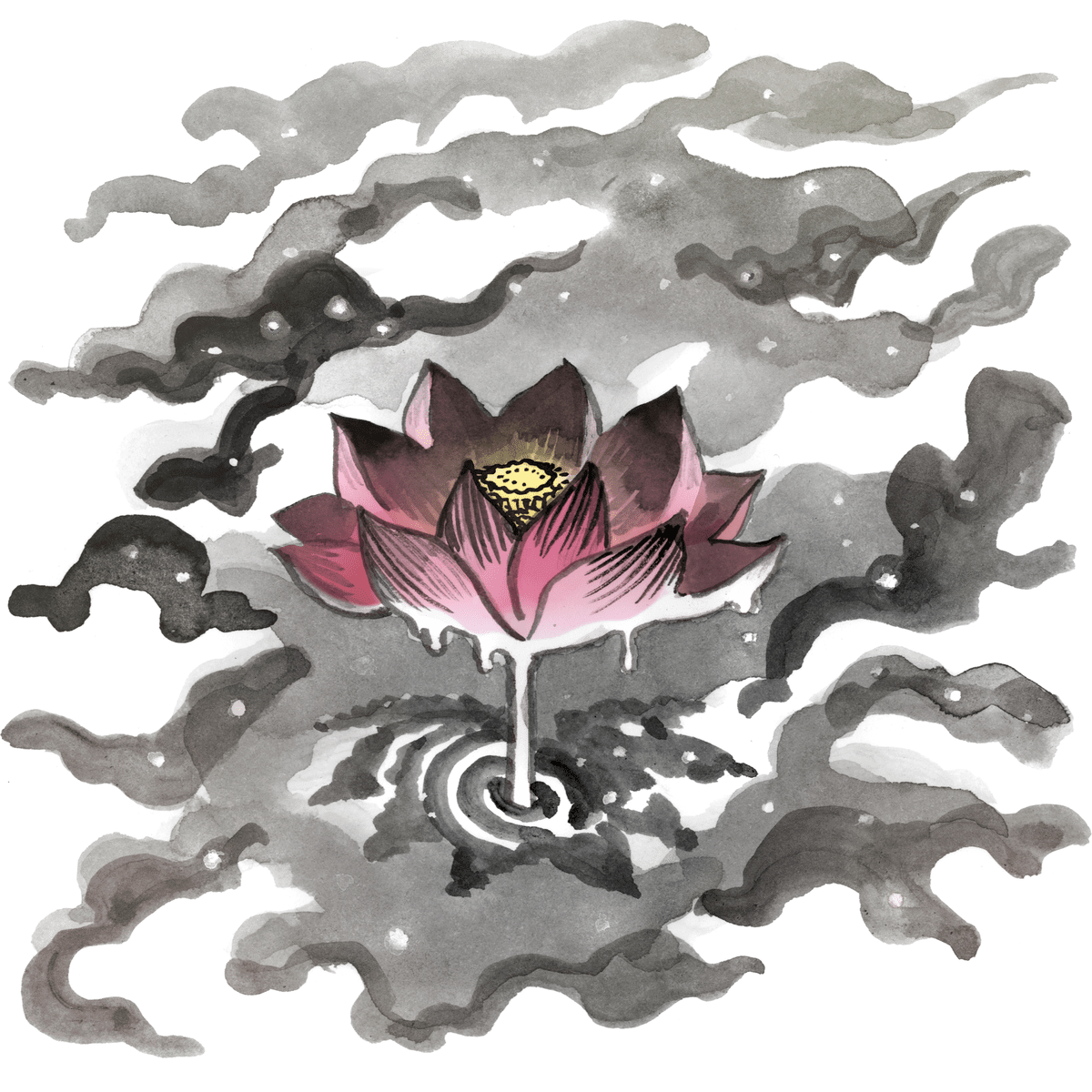
do differently
Vân Bùi, a clinical social worker in Orange County, had a conversation with her mother about how her grandmother had the habit of yelling when things didn’t go her way. Bùi’s mom recognized whenever she lost her temper, her daughters would cry — and it reminded her of how she herself felt as a kid. She didn’t want her daughters to feel the way she did growing up.
“I would tell her, ‘It sounds like Grandma has gone through a lot, and I’m sure you’ve gone through a lot too. How are you breaking some of these habitual cycles?’” Bùi said. “‘Mẹ nói chuyện với các con rất khác so với bà ngoại’ (You’re talking with me differently than how Grandma used to).”
Bùi adds that she tries to approach these stories with curiosity to expand her understanding.
“Intergenerational trauma is an evolving concept, and there is no one right way to talk about it,” Bùi said.
Family
saving face for the family
Shame and honor are two significant social values in Vietnamese culture that prompt people to place high importance on the concept of “giữ thể diện cho gia đình,” which means “saving face for the family.” One individual’s decision can impact and reflect upon the whole family clan, including later generations, so you don’t want to bring any negative attention to the family — at almost any cost.
This can particularly affect attitudes toward seeking mental health help, said Negrete, who wrote about the concept of saving face in her doctoral dissertation. Vietnamese Americans might worry about bringing shame to their family, and their loved ones might feel uncomfortable with them sharing personal issues with a stranger.
Mai adds that Vietnamese family systems often operate as a collectivist culture, which values the needs of a community over the individual. A majority of therapy modalities in America, however, are based on individualistic cultures, where there’s more emphasis on being independent and self-reliant. This can create friction in Vietnamese family relationships.
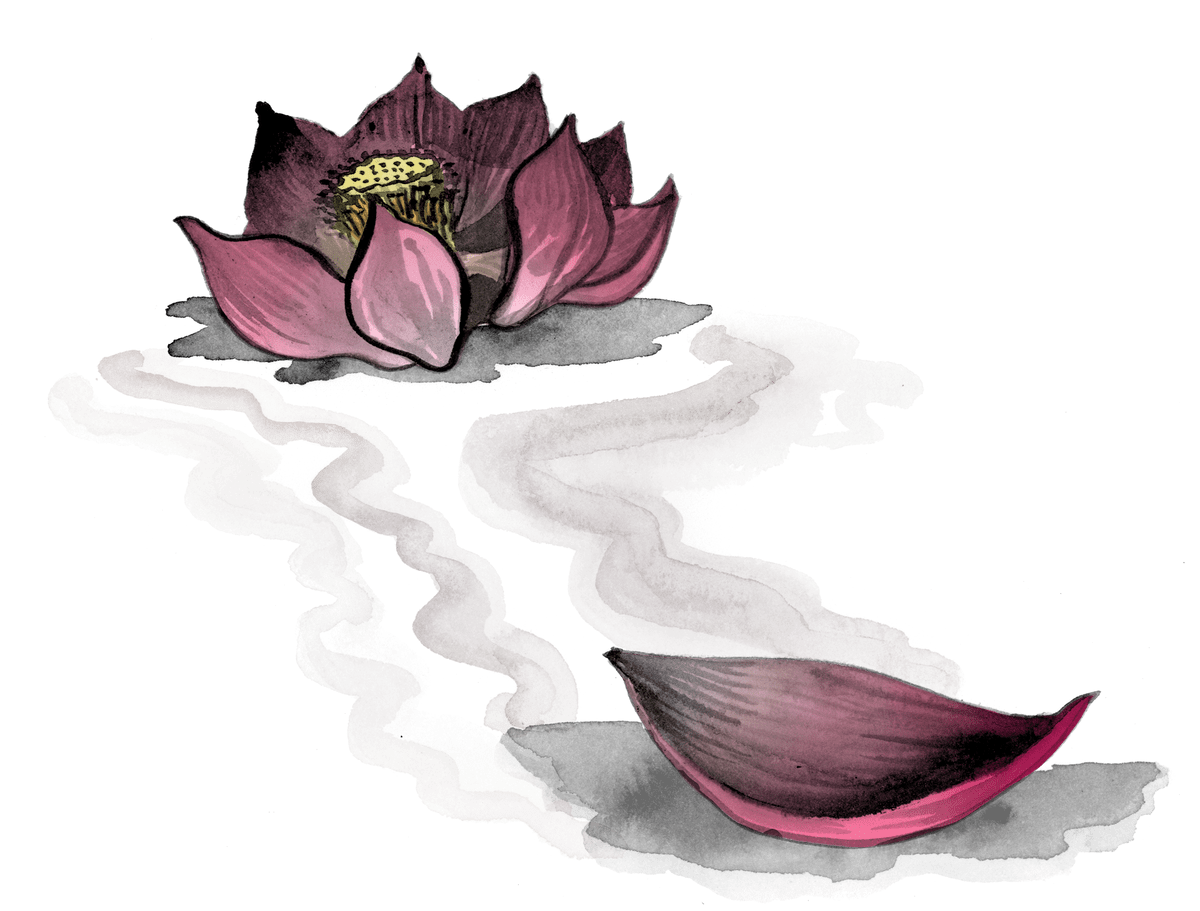
It’s important to understand that this traditional family structure has been a way of survival — and a marker of success — for multiple generations, said Kevin Nguyễn, a mental health therapist at Pacific Clinics — Asian Pacific Family Center. People can build community with one another and those relationships can be utilized in a meaningful way.
“I know sometimes comparisons can be bad, but it can also be thought of like, ‘Oh, my child is going through this. Did your child go through this too? How did you handle this situation?’” he said. “We go back to our instincts of caring about what other people think and trying to get input to help us resolve stressors.”
worry for your well-being
Kevin Nguyễn’s parents often told him that family will tell you harsh truths for your own good. Other people may be nice, but you don’t know their intentions or motives. Family will be real with you because they “worry for your well-being” — “lo cho bản thân của con.”
“So for me, language is not just about what’s being communicated,” he said. “It’s also about reading between the lines and the love languages that we share. Acts of service, working really hard to create a home that’s better … and doing the best that we could do.”
When unpacking these harsh truth-tellings with clients, he explains that it’s a cooperative learning process. It’s important to be patient but also firmly express your feelings. One thing they can try telling family members is:
“I didn’t quite understand why you said that. Parents, can you explain more so I can understand, please?”
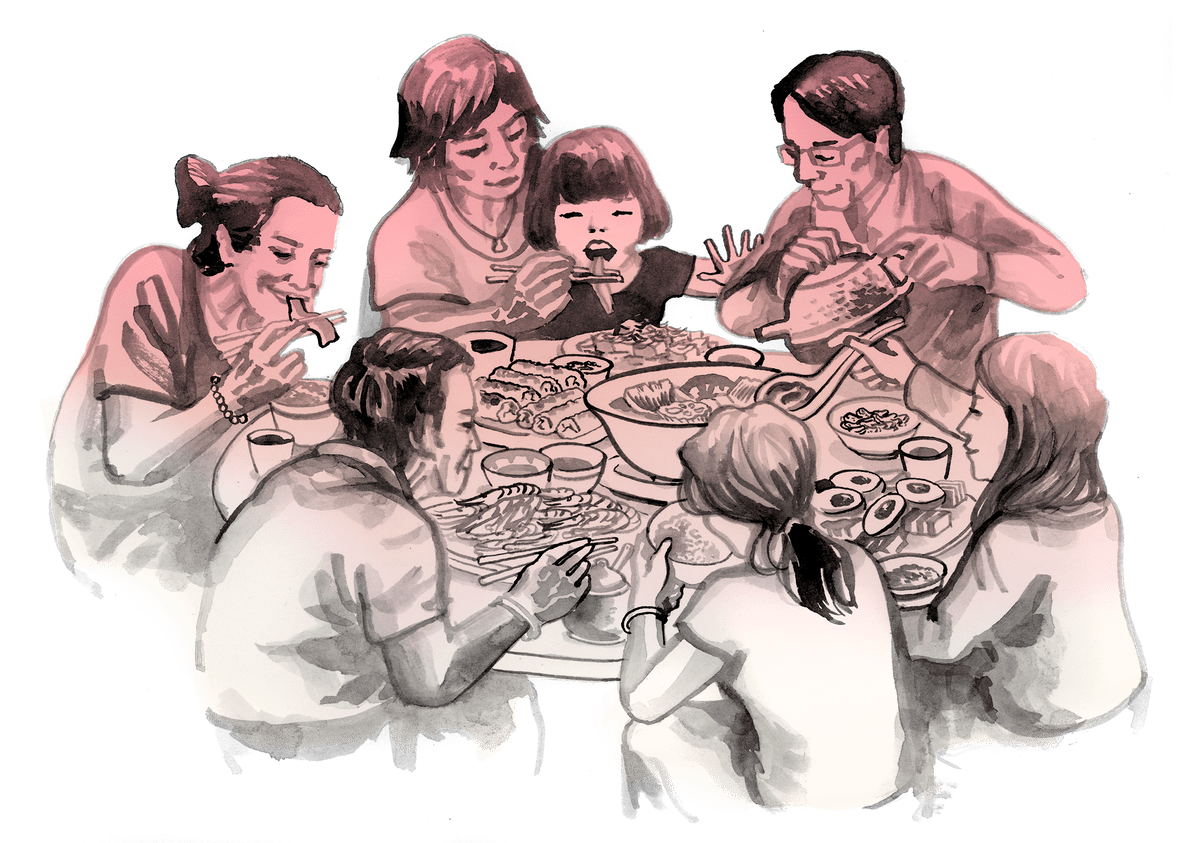
boundaries
A common experience Mai has observed in her sessions is that a child will share something they think is private to a parent, only to realize the next day that the rest of the family already knows about it.
“There’s the idea that ‘Oh, it’s just family; we tell each other everything,’” Mai said. “But there’s that feeling of betrayal, because they opened up to them in a vulnerable moment and the child's personal boundary is violated. When you take that safe space away, it’s harder for them to open up again.”
One way to mitigate this is to start setting clear boundaries — "vạch rõ giới hạn cá nhân" — or personal rules — — and to explain what those are. For example, you might use the words (confidential matter) to clarify that permission is needed to share that information outside of that space.
Mai understands that setting boundaries is not something everyone has done before, so it’s important to validate any emotions that come up when implementing them.
“The intention — to care for and support their child — is good, but the approach may be inappropriate,” Mai said. “Some people may feel like you’re shutting them out, so you have to help them understand that setting this boundary doesn’t mean you respect them less. It just means that you value their emotion and the importance of those intimate moments.”
rude
Age matters in Vietnamese families, including among siblings. It is considered “hỗn láo,” or “rude,” to talk back to your elders, who are seen as more experienced and wiser. A younger person’s attempt to advocate for themselves might cause the elders to lose face. It might be met with defensiveness and lead the elders to shut down.
“There’s these sayings in Vietnamese culture, where it’s like your mom and dad will always take care of you, but it never goes backwards,” Kevin Nguyễn said.
One way to navigate the family hierarchy is to bring in allies who can support you, he suggested, “whether it be asking Auntie or Uncle how they talk to Mom and Dad or asking Grandpa or Grandma if they can advocate for you. Try leveraging your siblings for support, or seek advice from older siblings or family friends.”
Gender identity and sexuality
queer
There can be a sense of shame and guilt when navigating gender identity and sexuality. Queerness can be seen as going against traditional and societal structures and expectations, and therefore defying the collectivist nature. It’s also common for many Vietnamese families to sweep conflicts under the rug or avoid confiding in one another, which can be challenging to LGBTQ+ individuals wanting to come out to their families.
“We don’t share what’s deemed as negative with anybody outside of the family,” Hieu Nguyen said. “So when you have mental health layered with being LGBTQ+, it compounds the personal, familial and cultural stigmas that one has to consider when choosing to come out or not.”
As mental health terminology continues to shift, so too has the language for describing gender identity and sexuality.
When Nguyen co-founded Viet Rainbow of Orange County in 2013 to advocate for the Vietnamese LGBTQ+ community, he was very conscious about how the Vietnamese words used in the recent past to describe the LGBTQ+ community were mostly slurs or colonial terms from the French. When he started advocating and sharing the community’s stories on different media platforms, he wanted to use language that expanded beyond the derogatory terms he heard growing up.
The word “bóng” — used to describe things as “shiny” or “translucent” or “flashy” — has been a reclaimed term for “queer” in the Vietnamese community.
“Just like the word ‘queer’ was reclaimed 10 years ago in the mainstream LGBTQ+ community, 'bóng' was used before as a derogatory term, but now it’s used as an umbrella term for people … an I-don’t-fit-in-a-box term,” he said.
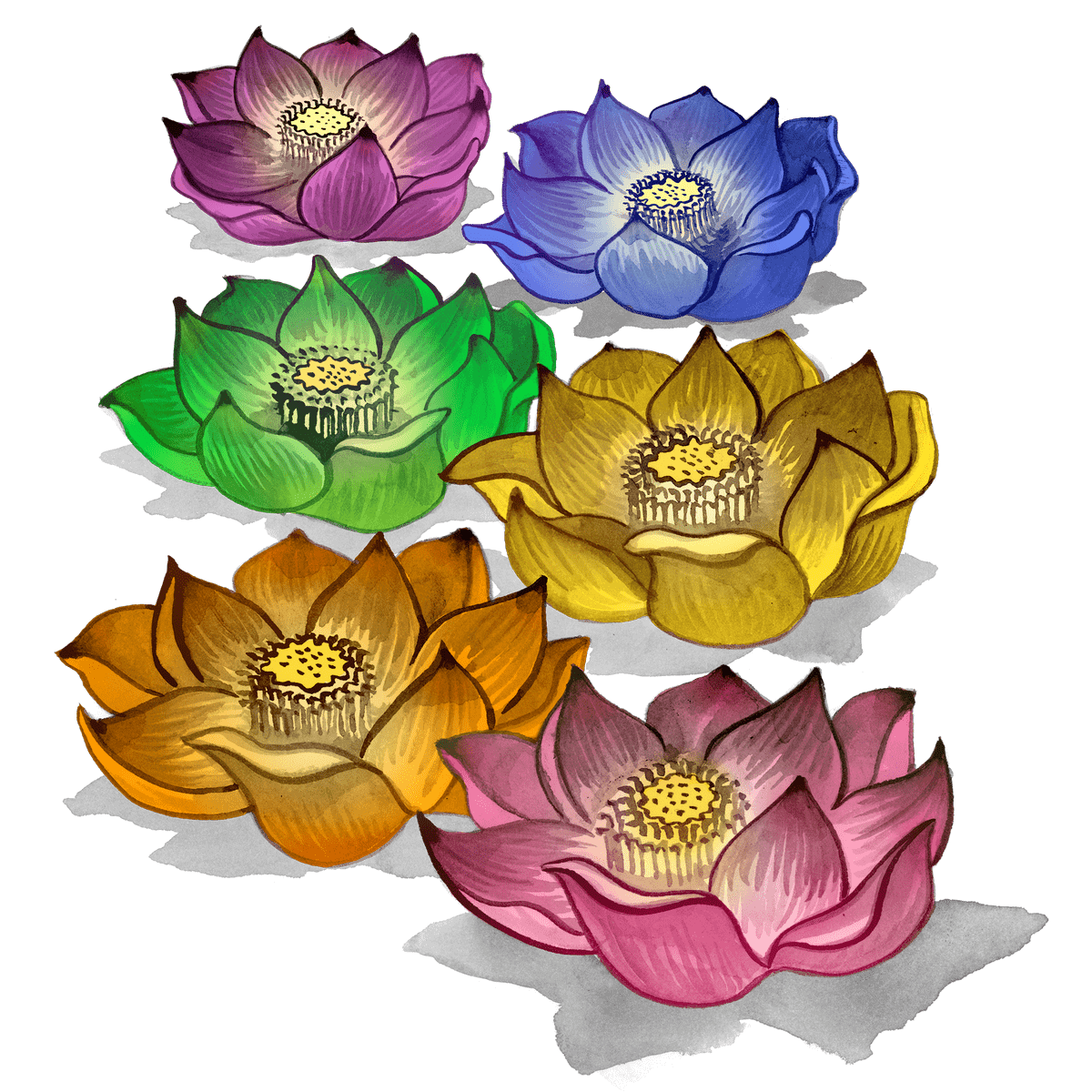
Even now, the translation for “transgender” — — is being discussed. The word “chuyển” means “change” or “transform,” but for many folks, they don’t feel like they are changing anything, he said. It’s always been who they are.
“People are pushing for more terminology that reflects their true identity,” he said.
Other Vietnamese terms for the LGBTQ+ community include: (lesbian), (gay), (same sex) and (bisexual).
silent sacrifice
As in the West, there are specific, often implicit, expectations for women in Vietnamese culture. Negrete, who grew up in Hanoi before coming to the U.S. in 2010, recalls hearing messages about how women should act in order to be a good wife or mother. She saw it modeled in relationships and families around her.
It is not uncommon for parents to see themselves in the roles of making silent sacrifices — “sự hy sinh thầm lặng” — by working long hours, doing menial jobs and enduring humility to support the family’s survival or create opportunities for their children. But women may be judged as too ambitious or selfish if they choose to pursue their career or do not focus on mainly caring for the family, Negrete said.
For Negrete and her husband, the household chores are evenly split between them, but she still faces outside pressure from her parents about gender roles within the family. Negrete would explain the expectations between her and her husband to her parents, but what really helps is modeling it: Her husband cooks and she cleans up after he is done.
“For my parents … watching [my husband and me] live out what I’ve talked about has helped them to see that it doesn’t just have to be the woman doing all the household chores — or that the husband can also share the load with raising kids,” Negrete said. “We’re in this together.”
Therapy and self-care
mental health
When Bùi was working in community mental health early in her career, the Vietnamese translation she was given for “mental health” was “sức khỏe tâm thần.” Growing up, Bùi often heard that term associated with people held involuntarily for long periods at psych wards. Formal terms like “trị,” which means “treatment,” can also carry similar stigmas.
“People would respond: ‘There’s nothing wrong with me,’” Bùi said.
Tri Nguyễn, a licensed marriage and family therapist and counseling faculty member at San Diego State University, recalls translating the NAMI Family-to-Family program into Vietnamese and struggling to conceptualize “mental health.” He’s used (psychological health) and (spiritual well-being).
But he’s also seen others who encourage using “sức khỏe tâm thần” to normalize the term.
“There’s no one terminology we all agree on that is best,” he said. “It all depends on who you ask. When I work with clients, I follow their terminology and however they call their mental health conditions. As long as they understand what you are talking about, it’s OK.”
confidence
When describing therapy services, Bùi often uses which means “individual counseling services,” or which translates to “a place to support one’s well-being.”
Another approach is to frame therapy as a path to having more confidence — “có thêm tự tin.”
“A lot of times people come in and they’re like, ‘Oh yeah, I guess I could work on confidence. Confidence in my decision-making, confidence in the relationships I have, etc.’” Bùi said.
Close to black ink, you'll taint dark; close to light then you are bright
Vietnamese proverbs can be a way to talk about the concept of recovery too. One often told to children is “Gần mực thì đen, gần đèn thì sáng,” which translates to “Close to black ink, you'll taint dark; close to light then you are bright.” It’s meant to be a lesson in peer pressure, explaining to children how the people around them can influence them.
If you surround yourself with bad people (the black ink), you will end up like them. If you surround yourself with good people (the light), your future will be bright.
Bùi said the proverb has been helpful in conversations with her friends.
“We talk about things like: How do we help ourselves not be stuck in the mud all the time?” Bùi said. “How do we remove ourselves [from that situation] so we can find more light in our lives?”
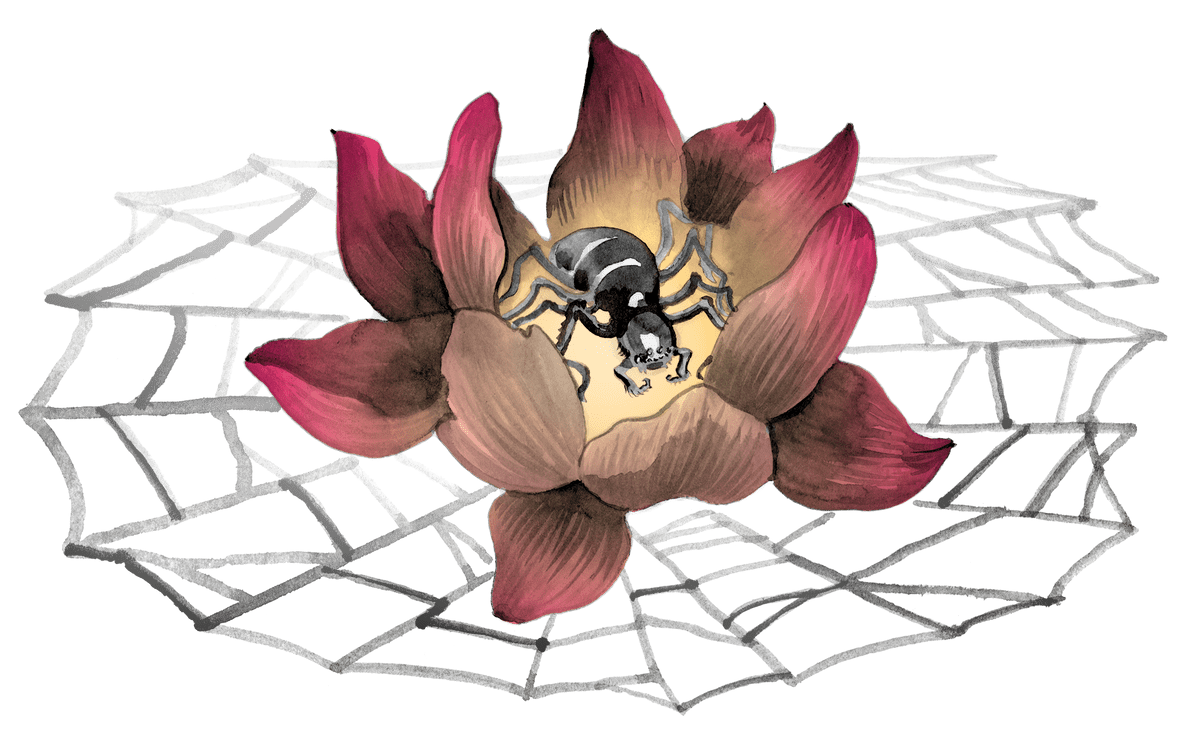
have compassion for ourselves
Self-loathing and self-criticism are common things that Phương Tang sees in her sessions as a clinical supervisor and therapist at Yellow Chair Collective. When clients share feelings of inadequacy, Tang asks them to try having compassion for themselves — “mình có thông cảm cho mình.”
“Bearing witness to the pain, instead of beating ourselves up because of the pain,” she said.
Tang said this concept draws heavily from Buddhist teachings of mindfulness, including the idea that in life, pain is inevitable, but suffering is not. Meditation teacher Shinzen Young developed a formula in which “pain x resistance = suffering.” Resisting pain — denying it or avoiding it — can create more suffering for ourselves.
“What self-compassion may offer to us is to say, ‘I see your pain, and I’m so sorry,’” Tang said. “‘Instead of criticism and self-loathing, I offer you kindness and grace.’”
activities that support your health and well-being
One literal translation of self-care is which means “to take care of yourself.”
When talking to her clients, Bùi frames self-care as activities that support your health and well-being — “những hoạt động để hỗ trợ sức khỏe và tinh thần.” Many of her clients grew up with the idea that it’s an obligation to serve and bring honor to their families. Many of Bùi’s conversations about self-care emphasize prioritizing oneself.
“So we’ll say things like, ‘Tôi sẽ sống cho chính mình,’ which translates to ‘I’m going to live for me,’” she said.
Tang asks questions like: What makes them feel connected to others? Are they able to spend more time with people they feel close with? What are things they do to feel healthy? Can they make concrete plans to do more of that?
“Self-care was not always framed in mainstream capitalistic terms of getting a facial, massage, bubble bath or buying material things,” she said. “I often found that many clients struggled with isolation, so finding a sense of community was important.”
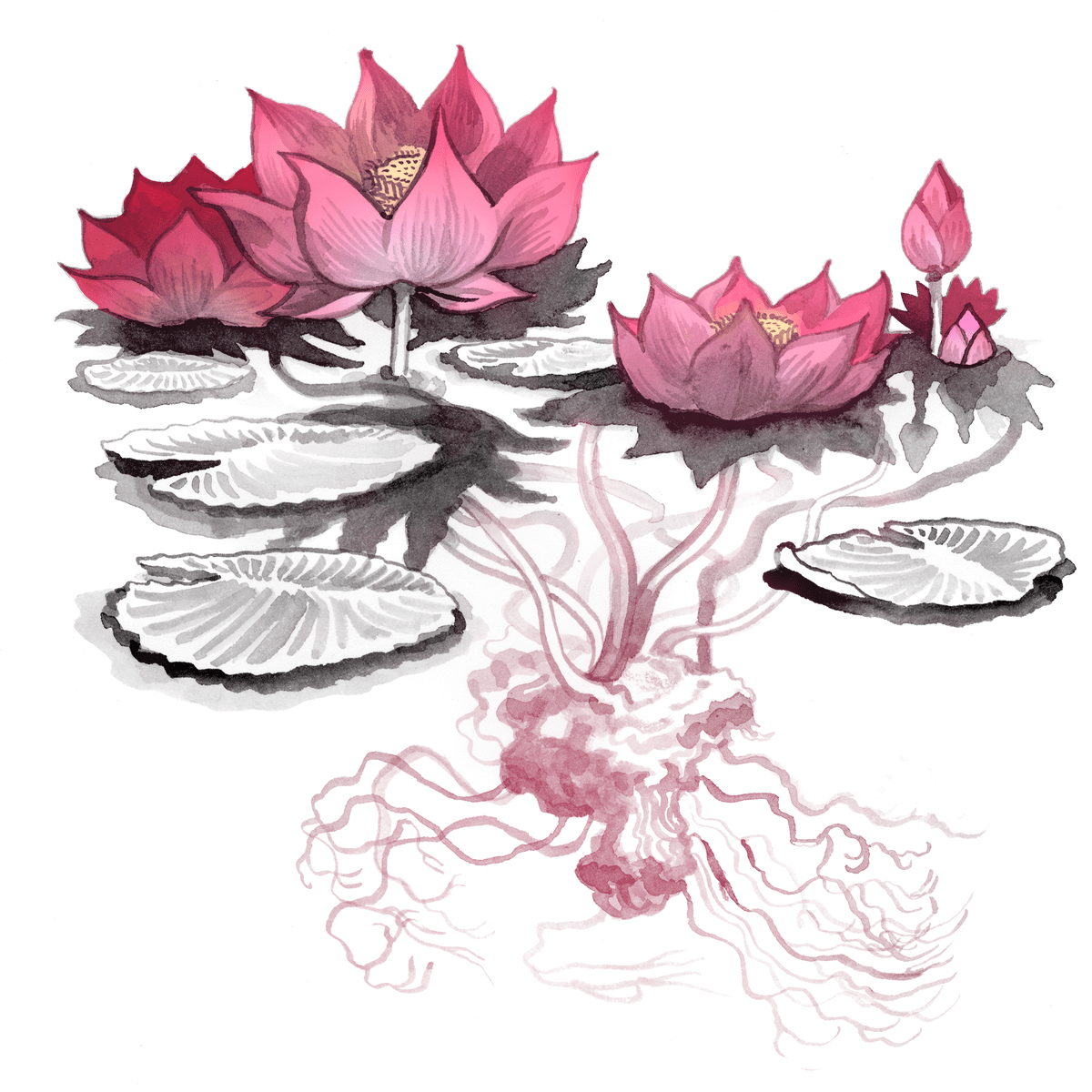
herbal steam therapy
Mental well-being also doesn’t just pertain to seeing a therapist. There are concepts of health already deeply rooted in the Vietnamese community.
In his doctoral dissertation examining decoloniality in multicultural counseling practices, Tri Nguyễn explored the different ways people can heal psychologically using traditions that are not built upon Western ideas.
A popular Vietnamese home remedy is “xông hơi (herbal steam therapy).” A common practice is to boil water in a large pot with lemongrass or other herbs, then set the pot down on the floor and use a large blanket to make a tent over the pot. The individual sits inside the tent for a few minutes, breathing in the steam. It’s normally used to alleviate symptoms of a cold, headaches or loss of energy (yếu sức), but it can also be a form of mental therapy.
“In Vietnamese culture, we do not differentiate the mind-body dichotomy like Western medicine does,” Tri Nguyễn said. “Spiritual and psychological healing practices in Vietnam are centered more on a holistic view of the mind and body.”
meditation
Before joining Yellow Chair Collective, Tang worked in community mental health, seeing clients who had severe mental illness. Many of them were Buddhist and watching Buddhist chants on YouTube, attending services at temple or meditating. These were ways to find peace and feel connected to their community.
Quyên Di Chúc Bùi, a professor leading the Vietnamese language program at UCLA, said that Vietnamese has a lot of vocabulary to talk about the practice of meditation, such as “chiêm niệm,” which describes the act of contemplating and thinking very deeply about the world, and which means "letting go."
“Xả is a term belonging to Buddhism, which means to ‘let go,’” Chúc Bùi said. “Sometimes when we have a bad feeling in our heart … meditation can help us [let it go].”
When you're sick, bow in all four directions
There is a common saying in Vietnamese: “Có bệnh thì vái tứ phương,” which means "When you're sick, bow in all four directions." Essentially, it means if you're sick, you seek out whatever ways will help you.
Hường Nguyễn, a clinical associate professor at the University of Minnesota, has been studying how to effectively treat mental disorders and developing therapy that bridges Western and Eastern wisdom. She is also an ordained Buddhist nun who has spent years training at temples to help community members relieve their suffering.
“Whether it’s acupuncture, Western medication, praying, exorcism, psychotherapy … there are even treatments that we don’t have names for,” she said. “But the thing is: If it helps them, it helps them. We don’t always need to attach names to things.”
There is no right or wrong; it's just different
When Hieu Nguyen has deep conversations with his mom about generational differences — or about Vietnamese culture versus Western culture — he’ll often say, “Cái chuyện này không phải đúng hay là sai mà là khác.”
It means: “This conversation is not about right and wrong, but how it’s different.” “It’s about how our approaches are different and how our needs are different," Nguyen said.
Hoàng often explains in his family sessions the differences of Western and Vietnamese love languages. In the Vietnamese community, love is shown through action, he tells the children.
Parents don’t do things seeking acknowledgments or expecting kids to say, “I love you.” It is simply their duty as a parent.
Hoàng tells parents it’s great that they’re demonstrating love, but without explicit communication, the kids may not know.
“We need both the verbal affirmations as well as the action that goes behind it,” Hoàng said. “...It’s powerful when you do so, and the kids can learn from it, because you are not only demonstrating how to love but also teaching them how to love.”
Đặng adds that there may also be cases where family members may not be ready to talk about these things.
“They may not ever completely understand,” Đặng said. “But that doesn’t mean you still can’t have a relationship with them.”
And just like the path to healing, finding the language to have these conversations is an ongoing process.
“The Vietnamese community has transcended so much throughout the years,” Châu said. “I believe that we can continue to transform our stories of generational trauma into one of courage and resilience through awareness — talking about it — curiosity — asking questions — connection — sharing our stories with the people we love — and remembering that we don’t have to hold our grief alone. And by practicing more self-compassion in our day to day life.”
Additional Resources
- Asian American Psychological Assn.
- APA Division 45
- National Alliance on Mental Illness (NAMI)
- Asian Health Services (Behavioral health glossary available in Vietnamese)
- Southeast Asian American Collaborative
- VietRISE
- Boat People SOS
- International Children Assistance Network
- Mekong Community Center
- For Your Mind